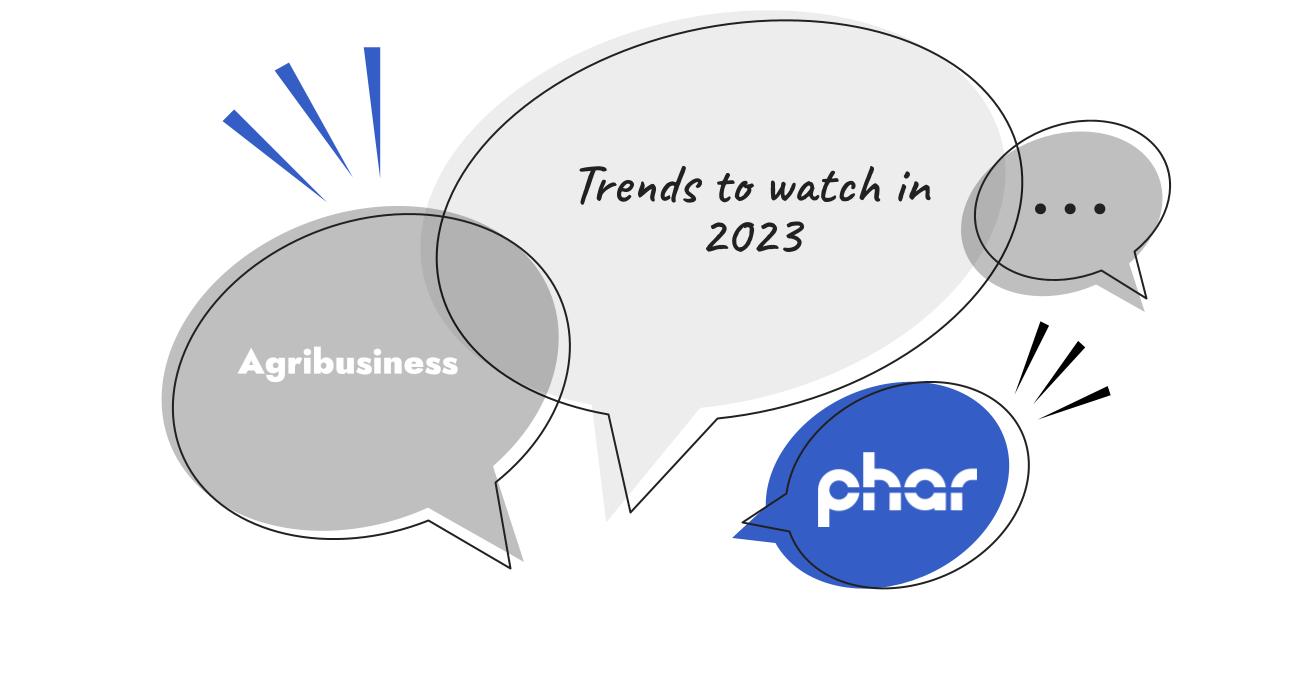Agribusiness is one of the key sectors of the global economy. Employing millions of people to feed the planet and facing the most important societal changes of this century, each innovation in one of its sub-sectors must be analyzed and evaluated with the utmost attention by the players working in the field. Here are a few examples of current agricultural trends that PHAR's competitive intelligence and augmented market monitoring services make it possible to monitor for its clients in the sector.
BIOSTIMULATION :
As of July 2022, the European Union has integrated the use of organic, biobased and eco-sourced fertilizers into the single market. This historic change in regulations is good news for many Canadian producers of biostimulants in the broadest sense of the term and gives a bright light to a growing agricultural sector. The major Canadian players in plant nutrition have understood this and for several years now have been developing a range of biostimulant products inspired by European achievements and results. Difficult to market in the past, due to a lack of added value, the technique and studies accompanied by advantageous regulations allow this type of product to stand out and offer good agronomic sales arguments locally but also outside Canada.
Exact definition: Biostimulants contain substances or microorganisms whose function is to stimulate natural processes to increase nutrient uptake and efficiency, tolerance to abiotic stresses and crop quality when applied to plants or the rhizosphere (roots).
Examples of products: Algae; Algae extracts; Humic acid, Fulvic acid; Biochar; Amino acids; Proteins; Enzymes; Extracts of compost, earthworms manure...; Vitamins; Microorganisms; PGPR bacteria: Bacillus, Actinomycetes; Pseudomonas EM: Mixture of yeasts, Lactic acid bacteria...
UNLOCK / RELEASE : The key words of the Soil lexicon in 2023
Ancestral agricultural practices are being brought up to date with new terms, and that's good.
Regenerative agriculture: by focusing on the reduction of chemical inputs, by (re) deploying plant cover, by protecting the life of the soil and respecting longer rotation cycles or by (re) inserting livestock and "forest" on farms, agriculture is regaining its letters of nobility lost at the expense of the advent of agricultural chemistry. The soil is once again a priority, its natural nutrients an asset, and its carbon and phosphate assimilated a buried treasure.
However, several issues remain to be addressed: choice of crops and ROI, how to support the transition, how to commercially optimize organic or sustainable agriculture, the compaction of certain soils, public acceptance of the use of certain animal production by-products...
AGRIVOLTAICS
This new method, which is growing in many countries, consists of installing solar panels above the crops to protect them from the weather and produce solar energy. Just like in a controlled environment greenhouse, this technology allows to control the impact of the temperature on the crops according to their needs. The position of the tilting and self-guiding panels is adjusted to protect the crops from the effects of the sun as well as from frost and winter cold.
ENERGY CRANK RETURN
Energy plays an important role in agricultural production. Even if the topic is a little less of a priority in Quebec greenhouses than elsewhere in the world, the energy cost and the heating method used remain a major expense for the operation.
This past winter has been particularly challenging for the vertical farming industry in Europe and in North America. Energy costs have been the downfall of many major farms such as those of the Infarm Group which has decided, like other players in the sector, to relocate to the Middle East where energy costs are more affordable.
Many other topics are of interest in the augmented strategic intelligence related to the Agribusiness sector, which is undergoing rapid change in North America and worldwide: the use of agricultural data, crop mapping for productivity, robotics and automation, alternative farming practices, integrated pest control (natural pest control) and the main societal issues, many of which involve a transformation in consumer demand.
Starting a strategic watch requires the development of a watch plan specific to your company, your issues and your eco-system. The topics discussed above are developed as examples of monitoring themes.
Categories:
Market trend analysis, Agri-business, Sustainable development, Market intelligence, Technological monitoring
April 20, 2023
